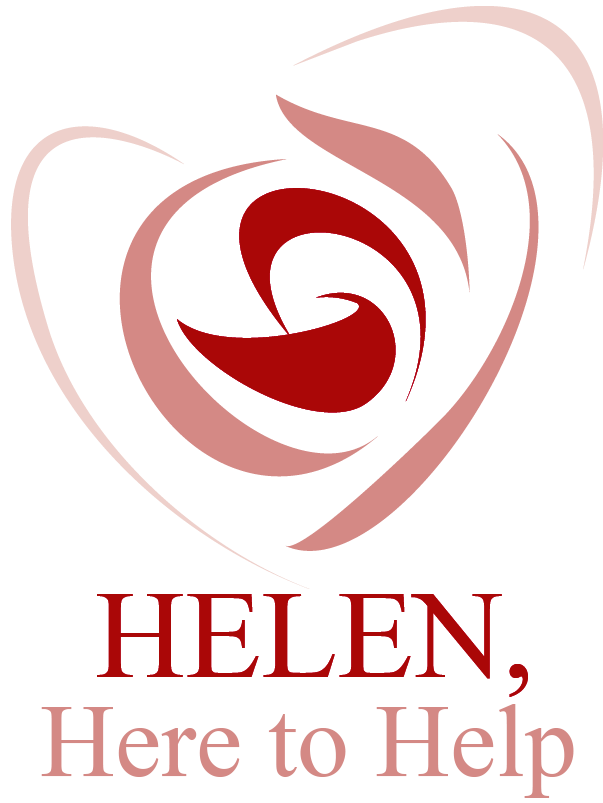One of the most important points concerns capital equities. If you wish to own your main residence in Switzerland, you must bring at least 20% of the purchase price (also called a “personal contribution” in other countries). Without this, it is impossible to buy an apartment or a house, even if your income allows you to do so. This is a rule applied by all banks and in all cantons.
Example for an apartment with a purchase price of CHF 1’000’000.
- The bank will lend you a maximum of 80% = CHF 800,000 (mortgage loan).
- You must bring at least 20% = CHF 200’000. – (equity)
Composition of equity
An additional constraint is added: at least 10% of these funds must come from your liquid assets (“cash”): savings, 3rd pillar, life insurance, donation…
The remaining 10% can come either from your liquid assets or from your 2nd pillar (also called “LPP”). This is only possible for the purchase of your main residential house.
How to use your 3rd pillar
Using your 3rd pillar to become a homeowner is possible, but subject to a few conditions.
3rd pillar = capital equity (own funds)
When using your pillars to purchase a principal residence, you have two options: advance withdrawal or pledge.
Pledging is when the 3rd pillar capital is used as collateral for the purchase of a property and is therefore not affected. In the case of an advance withdrawal, the Pillar 3 capital is used directly for the purchase of the property.
Impact of Prepayment
- Benefit from a lower mortgage rate and therefore lower interest rate charges.
- Less cash available due to income taxes payable.
- Potential creation of a pension gap depending on the amount withdrawn from your 3rd pillar.
Impact of Pledging
- The interest expense is higher because the amount of the loan is greater.
- Take advantage of a higher tax deduction since the interest expense is higher.
- Keep your full 3rd pillar retirement savings.
3rd Pillar contribution = direct or indirect amortisation
Payments to a 3rd Pillar bank account can be used for the depreciation of the principal residence either directly or indirectly.
Direct depreciation
- You reduce the debt by making a direct amortisation thanks to an early withdrawal possible every 5 years.
- A reduced tax rate is applied on capital withdrawn for indirect depreciation.
Indirect depreciation
- You build up retirement capital that is pledged as collateral for the loan.
- Take advantage of the tax advantage relating to the 3rd Pillar A.
- Pension capital earns interest at a more attractive rate than conventional savings accounts.
In terms of choice, you can opt for an indirect amortisation at the start of your mortgage and, after having built up sufficient capital, make a direct amortisation according to your needs and financial situation.
Mortgage details
When the bank commits to a mortgage, it takes a risk. In order to better spread this risk, the mortgage is divided into two parts: 1st and 2nd tiers.
Example for an object worth CHF 1’000’000. – :
- 1st Tier : 65% = CHF 650’000
- 2nd Tier : 15% = CHF150’000
First Tier Mortgage
This is the largest part of the loan, covering 65% of the purchase price. This percentage is the one that the bank believes it can recover without too much difficulty in case the borrower is unable to pay.
For this less risky part of the loan, amortisation is not compulsory. You only pay back the interest on the first mortgage.
In our example, for the purchase of an apartment at CHF 1,000,000 with an interest rate of 1.50%, the interest for the 1st rank would amount to CHF 813/month.
2nd Tier Mortgage
The 2nd tier represents the remaining 15% of the price of the property. Amortisation is mandatory for the 2nd mortgage rank which must be repaid in 15 years maximum and, in any case, on reaching the age of 65.
Mortgage repayment of 2nd Tier
There are two types of reimbursement:
Direct reimbursement
You pay off the second tier mortgage monthly and pay its interest. Usually the 15% to be repaid is spread over 15 years (the maximum length of time to repay the 2nd mortgage), which gives a payment of 1% per year.
For the example of a property at CHF 1,000,000 with an interest rate of 1.50%, the interest would amount to CHF 188/month and the repayment of the loan would be CHF 830/month, i.e. a total of CHF 1018/month.
Indirect reimbursement
In this case, you only pay the interest on the second-tier mortgage. The amount corresponding to the repayment of the loan is deposited monthly on a 3rd pillar, the capital of which will be paid out after 15 years.
The advantage of this solution is that payments to the 3rd pillar are deductible from your taxable income.
The interest rate depends on several factors, including the type of loan (fixed rate, variable rate or Libor rate), the term of the loan or the borrower’s situation.
In our example of a purchase at CHF 1,000,000 with a rate of 1.50% you would pay a total of CHF 1,831/month (CHF 813 for interest on the 1st tier and CHF 1,018 for interest and repayment on the 2nd tier).
Helen Gailey advises investors for investing in real Estate in Switzerland, both on résidential and Commercial invetsments.

